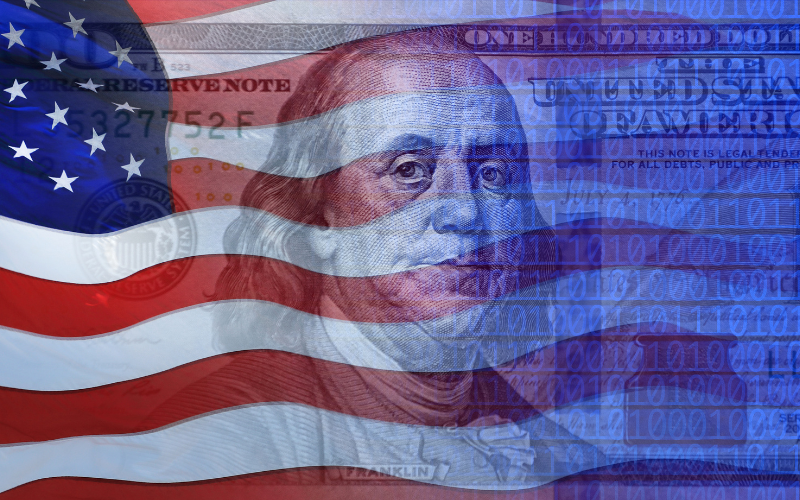By 1775, the tenuous relationship between the British and the American colonies was at a breaking point. The colonists were enraged by what they saw as unfair treatment at the hands of the British government. The British boasted the most superior naval force in the world, and the colonists faced the daunting challenge of asserting American independence without a centralized naval fighting force. On October 13, 1775, the Continental Congress, meeting in Philadelphia, voted to outfit two seafaring vessels. The vessels were to be armed with ten carriage guns, swivel guns and a total crew of just fewer than two hundred men; their mission would be to intercept British naval ships carrying supplies and munitions to the British army in America. These two ships would be the first of the United States Navy.
The debate over establishing the United States Navy was long and arduous. Many felt that the endeavor was a fruitless waste of funds; they believed that the British Navy was far too superior for the United States to even compete. Others, including John Adams of Massachusetts, were fervent supporters of the development of an American naval force. It was not until the Congress received intelligence that two British ships were on their way from England to Quebec, unarmed and without a protection convoy that the pro-naval advocates began to gain support. The vulnerability of the two British ships seemed too good an opportunity to allow pass. Within only a few days of receiving the information, the Congress authorized the outfitting of the two American vessels.
The new navy had surprising success during the course of the American War of Independence, taking “nearly two hundred British ships…, contributing to the demoralization of the enemy and forcing the British to divert warships to protect convoys and trade routes.” With the British defeated and American independence secured, however, the new nation turned its attention toward securing its western borders and the attention given to the navy diminished to the point that for nearly a decade, it was nonexistent. In its absence, the U.S. Revenue Cutter Service, the forerunner of the modern U.S. Coast Guard (see my recent article on the Coast Guard), policed the American seas. The outbreak of civil war again proved the importance of a naval fighting force; the fact that the Union had one that vastly overpowered that of the Confederacy was vital to the eventual Union victory. The United States Navy has been in operation without interruption since its re-establishment just prior to the Civil War.
As American policy and security interests have evolved, so too have the activities of the Navy. United States naval participation in World War I was precipitated by German submarine attacks on civilian shipping interests. The Navy was instrumental in the defeat of the Axis powers in World War II, a contribution they were all too happy to make after the Japanese attack on Pearl Harbor in December 1941. The United States Navy was instrumental to the war efforts during the conflicts in Korea and Vietnam. During the Cuban Missile Crisis, the Navy’s blockade of the island was fundamental to American negotiations with the Cubans and Soviets. The Navy has participated in Operation Enduring Freedom, Operation Iraqi Freedom and the ongoing War on Terrorism. Dedicated in all ways to protecting American interests and promoting a positive American image around the world, the Navy embarked on a unique public-private partnership after the devastating 2004 tsunami in the Indian Ocean. Partnering with a coalition of non-profits, led by Project HOPE, an international non-profit dedicated to providing medical attention to those most in need around the world, the Navy manned its two hospital ships, the USNS Comfort and the USNS Mercy, with volunteer doctors, nurses and other medical staff members, civilian and military, to provide much needed medical attention to the hundreds of thousands affected by the disaster. The partnership has continued with missions to other areas of the world in which medical attention is scarce, including coastal areas in Latin America, Africa and Southeast Asia. In the wake of Hurricane Katrina, the Navy deployed the USS Bataan to assist with disaster relief efforts.
From its fledgling beginnings, the United States Navy has become the world’s largest and strongest, with a tonnage greater than that of the next seventeen closest of the world’s navies combined. There are more than 332,000 active Navy personnel and nearly 124,000 ready reserves. Sailors, many of whom are our students, today we salute you on your 233rd birthday!










